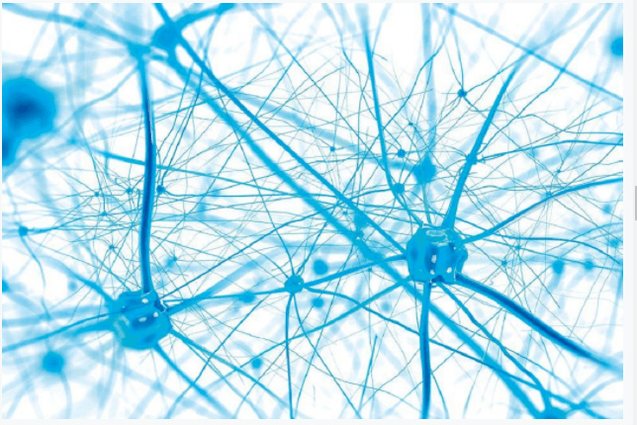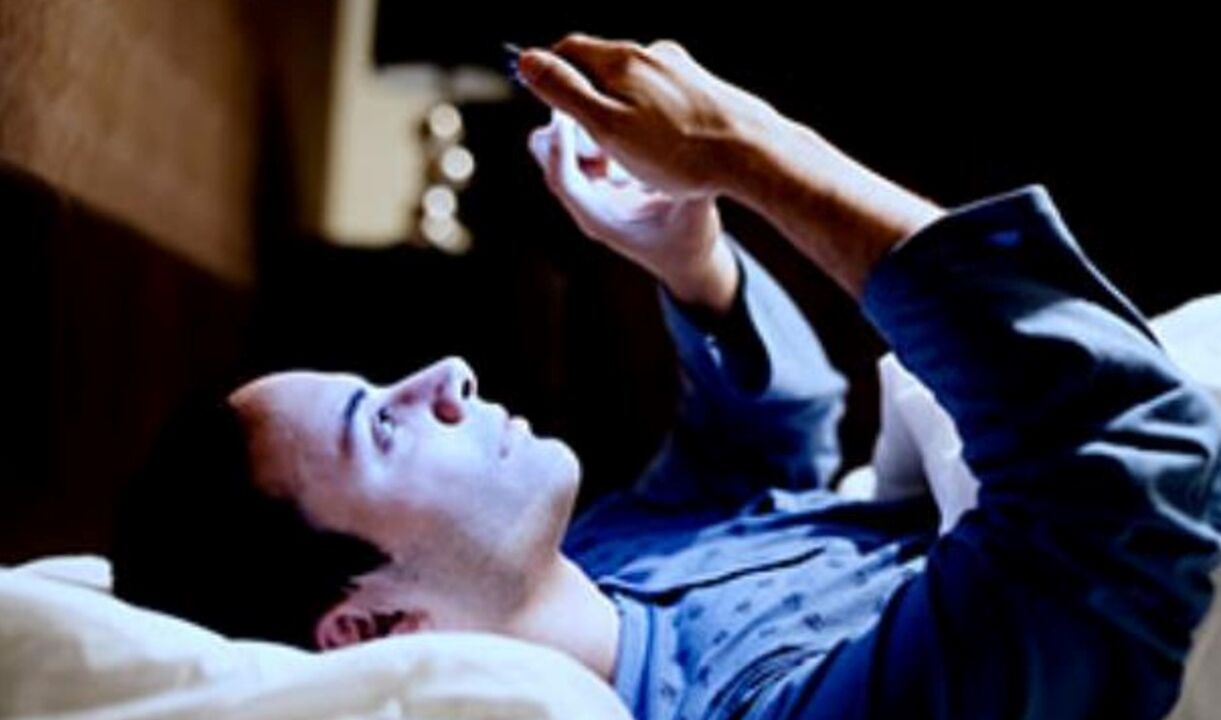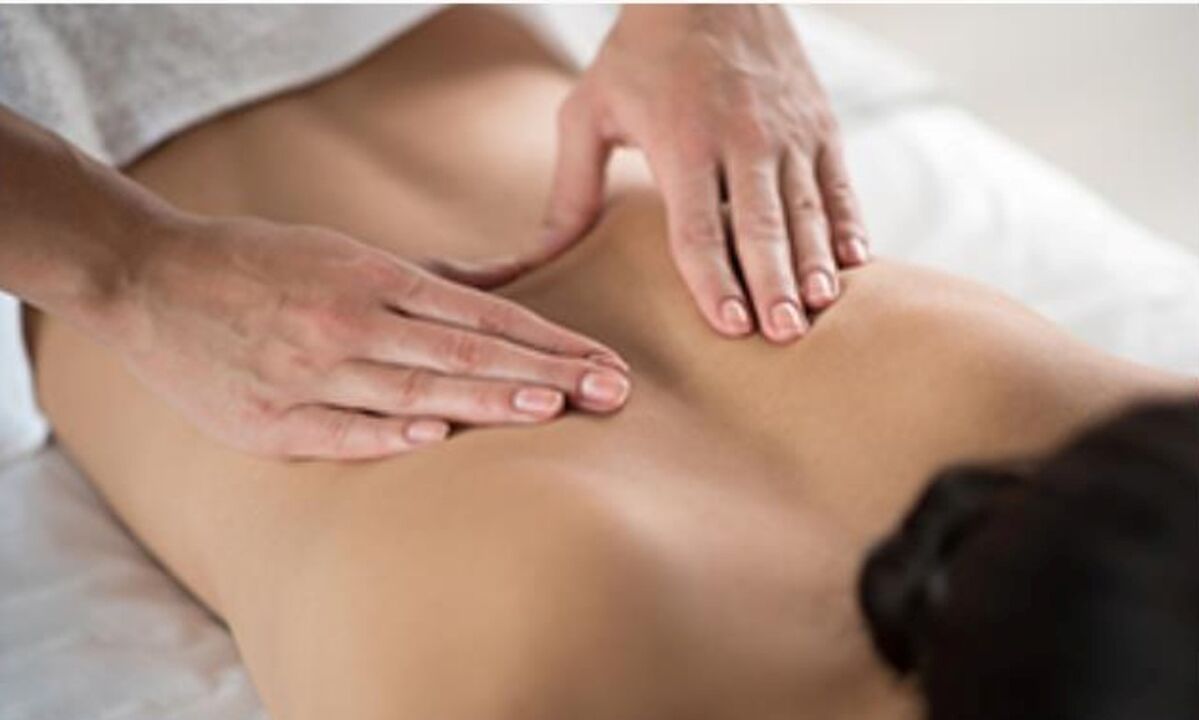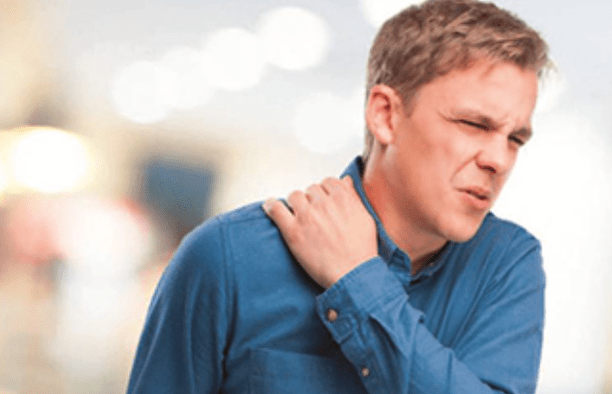Osteochondrosis is a complex of pathological anatomical and functional disorders associated with degenerative changes in the intervertebral discs. This condition develops slowly and with timely intervention, good results can be achieved with simple conservative measures.
Causes and symptoms of osteochondrosis of the cervical spine
The vertebrae of the cervical spine experience increased stress associated with mobility of the neck and head. The anatomy of this segment contributes to the risk of vertebral displacement with sudden or atypical head movements, and a weak muscular corset does not protect the spine from damage. The causes of osteochondrosis of the cervical spine are not fully understood and in most cases the course is asymptomatic. This leads to the fact that most patients seek medical help quite late. Lead to the development of osteochondrosis:
- impaired posture, instability of the structures of the spine;
- trauma, connective tissue dysplasia;
- genetic predisposition;
- sedentary work or long time in a forced position, lack of sufficient physical activity;
- unbalanced diet, lack of vitamins and minerals in the diet.
Degenerative changes in ligaments and cartilage cause compression of arteries and nerve trunks, causing cerebrovascular disorders and pain syndrome. The characteristic symptoms of this condition are easily recognizable.
- Painful sensations in the back of the head, neck, shoulders. When tilting or turning the head, a characteristic fresh sound is heard. Pulling pains can radiate to the chest area, there is a burning sensation between the shoulder blades.
- Feeling of exhaustion, insomnia, chronic fatigue and frequent headaches. In cervical osteochondrosis, the headache is concentrated in the occipital region and radiates to the sides of the neck.
- There may be a tingling sensation in the hands and fingers when the head is tilted.
- Chest pain, nausea, dizziness.
Methods for diagnosis and treatment of osteochondrosis of the cervical spine
The diagnosis is made by an orthopedic surgeon or neurologist based on an examination, X-ray or computed tomography of the spine. If an intervertebral hernia is suspected, an MRI scan will be required, and rheoencephalography and fundus examination are needed to assess functional circulatory disorders.
Conservative therapy includes symptomatic measures (pain relief, anti-inflammatory therapy, antispasmodics), as well as restoration of natural cartilage tissue with the help of chondroprotectors. Also effective are acupressure, physiotherapy, therapeutic exercises.
Prevention of osteochondrosis of the cervical spine
Regular physical activity and exercise to strengthen the muscular system of the back effectively maintain the normal condition of the spinal structures. Daily gymnastics and monitoring the position of the neck and back during the working day help to normalize blood circulation, relieve excessive stress on certain segments of the spine.
It is also necessary to monitor the diversity of the diet and to avoid being overweight. To activate metabolic processes and eliminate muscle spasms helps a course of massage, which should be repeated at intervals of 2-3 times a year.
11 myths in neurology
Nowadays, it is difficult to meet a person who does not need the help of a neurologist. Living in a city with its stress, bad habits and physical inactivity leads to the fact that most people have at least one health problem related to neurology. These are just deep-seated misconceptions, and "traditional" medicine prevents patients from seeing a doctor and getting qualified help.
Living in a city with its stress, bad habits and physical inactivity leads to the fact that most people have at least one health problem related to neurology. These are just deep-seated misconceptions, and "traditional" medicine prevents patients from seeing a doctor and getting qualified help.
Smartphone hostages

The morning doesn't start with coffee. Studies show that hundreds of thousands of people first of all, barely opening their eyes, reach for a smartphone - suddenly a message arrives. Then read the news from the breakfast, lunch and dinner screen. In transport - while you are away from the correspondence route. In the office - work chat, at home - communication with friends and relatives. Of course, it is convenient when there is so much valuable in a small device - information, communication, entertainment. But hasn't the smartphone become too much in our lives?
In the hands of the captain

Massage is one of the oldest treatments. No matter what new ways to get rid of the disease humanity has invented, masseurs are still not out of work. And sometimes it is with the skillful hands of a specialist that you can achieve greater results than with drugs and state-of-the-art devices.
Tough time of year

Come to the clinic in the summer - half-empty corridors and silence. But autumn is coming and again the doctors have more work to do. And perhaps there is no doctor who would not increase the number of patients in September-October.
Is the sun a friend or an enemy?

St. Petersburgers did it - they survived a long dark winter and are ready to see the sun again. Increasingly, he looks out the windows and warms the streets. Isn't this a cause for joy? Or is it not? After all, as you know, what brings pleasure often hides hidden threats. So it is with the sun.
Self-medication. When it becomes dangerous

Maybe there is no person who does not know what to take for colds or headaches. Everyone has their "proven means". And advertising offers solutions to every disease. You can also seek advice from friends, a pharmacist at a pharmacy or just online. But is everything so simple and convenient? For what diseases can self-medication be dangerous? EMS also has a pharmacy and our pharmacists are regularly confronted with requests from patients to advise medication, and then doctors deal with the results of self-medication.
Jokes in the opposite direction are bad
No one is immune to back pain. I suddenly lifted a weight, folded awkwardly or stretched - and now something in my back hurt and stung. At risk are also the employees in the office, who do not seem to unload the wagons, do not plow the ground and still suffer from back pain. What to do and who to contact when the disease disrupts plans?
I suddenly lifted a weight, folded awkwardly or stretched - and now something in my back hurt and stung. At risk are also the employees in the office, who do not seem to unload the wagons, do not plow the ground and still suffer from back pain. What to do and who to contact when the disease disrupts plans?

















































